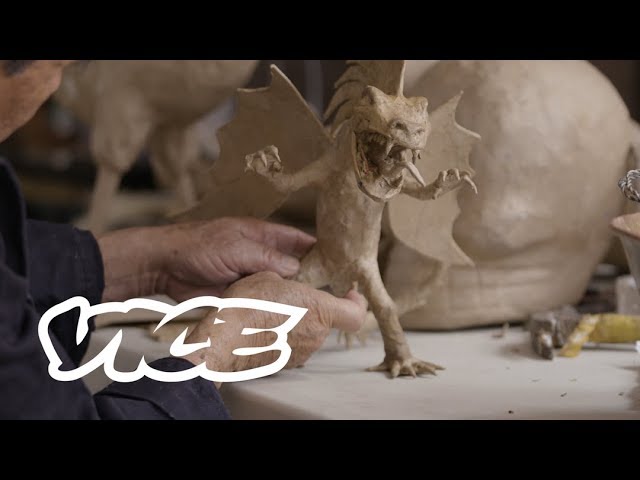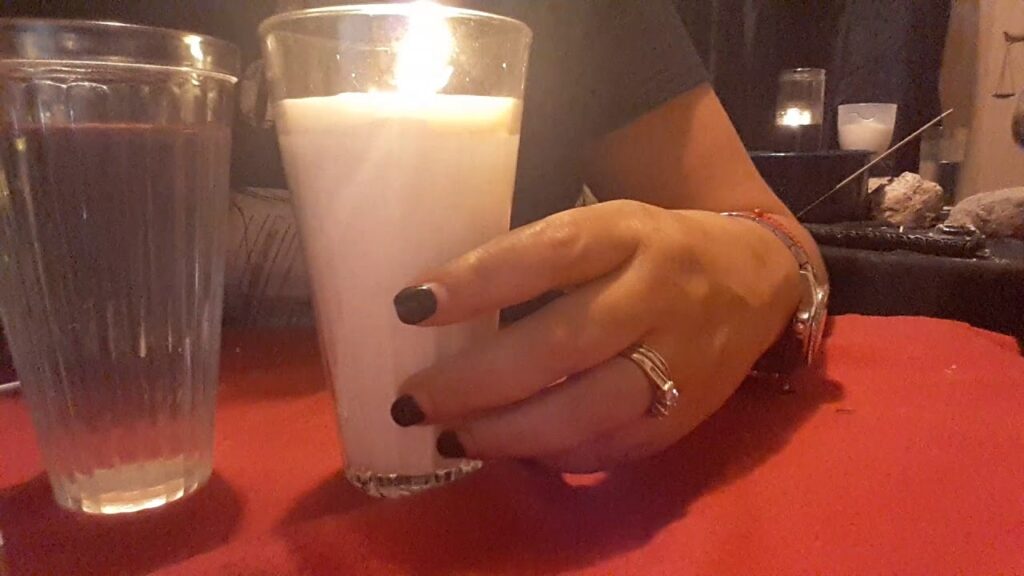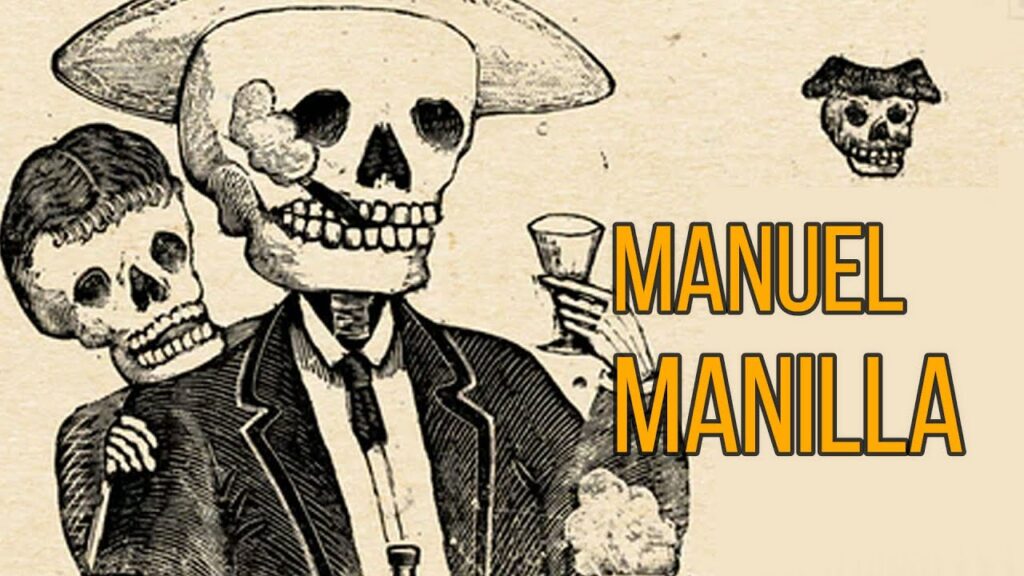Unveiling the True Creators of Alebrijes: The Linares Legacy
The vibrant and fantastical creatures known as Alebrijes have become a colorful symbol of Mexican folk art. Yet, the credit for their inception belongs to a single creative spirit: Pedro Linares López. A native of Mexico City, Linares was originally a piñata and Judas effigy maker whose work was well-known in the local markets. It was in the 1930s, during an illness-induced delirium, that Linares dreamt up the surreal beings that would evolve into Alebrijes. These creatures of his visions were a fusion of various animals, brightly colored and intricately patterned, each with its own unique and fantastical design.
Despite starting as figments of imagination, Linares brought these Alebrijes to life using a technique called cartonería, a type of papier-mâché crafting. Upon recovery, he began creating physical manifestations of his dream creatures. Largely made from cardboard and paper, the first Alebrijes were a myriad of sizes and forms, each painted with an array of vivid colors and complex patterns. This was Linares’s gift to the world, a mythical zoology that married traditional crafting methods with visionary artistry.
The Linares family played a crucial role in the proliferation and preservation of the Alebrije craft. Since Pedro Linares’s initial creations, his children and grandchildren have carried on his legacy. The Linares workshops are renowned for their dedication to the craft, with each generation adding its own flair while respecting the traditional techniques. Their work preserves the memory of Pedro Linares and ensures that the magnetic appeal of Alebrijes continues to captivate and inspire art lovers and collectors across the globe.
Today, the recognition of Linares’s contribution to Mexican folk art is widespread. Museums display Alebrijes as examples of fine art, and collectors avidly seek Linares originals. The Linares legacy is evident not only in the continued popularity of these whimsical creatures but also in the annual Alebrije Parade in Mexico City, where a procession of giant Alebrijes enchants locals and tourists alike, celebrating the imaginative spirit and cultural richness that Linares unleashed upon the world of art.
Exploring the History Beyond Oaxaca: The Linares Family’s Gift to Art
The vibrant state of Oaxaca, nestled in the heart of southern Mexico, carries an air of mystical history and living traditions. Among these traditions is the extraordinary legacy left by the Linares family, whose artistic contributions have transcended local boundaries and achieved international acclaim. Their gift to art is a vivid expression of Mexican heritage and folklore, a tapestry of colorful imagination brought to life through their famed ‘alebrijes’.
These fantastical creatures—part dragon, part zebra, part who knows what—are birthed from the creative minds and skilled hands of the Linares artisans. Born from the dreams of Pedro Linares in the 1930s, these alebrijes are more than mere figures; they are a unique blend of fearsome and quirky, combining elements from different animals into whimsical, brightly painted sculptures. Each alebrije is a distinctive piece, a symbol of the dreamworld bridging into reality and a testament to the Linares family’s devotion to artistry.
The process of creating an alebrije is intricate and precise, involving layers of papier-mâché over wire frames and an explosion of radiant color once the form is set. But the Linares family’s gift extends beyond the physical art pieces; it lies as well in their embrace of tradition and their role in propelling the community of Oaxacan artists into the global spotlight. Their work has not only preserved a cultural practice but has also inspired new generations to explore their creative instincts within the realm of folk art.
Walking through markets and galleries in Oaxaca, one encounters the lasting influence of the Linares. Their alebrijes stand as bold emissaries of Mexican art, bridging the ancient past with a dynamic present. On your travels, to witness a Linares alebrije is to witness a story of family, culture, and unbridled imagination—a story that continues to unfold with each passing year, each new dreamer, each twist of the wire and stroke of the brush.
Meet the Linares: The Unacknowledged Masters Behind Alebrijes
In the heart of Mexico City’s bustling artisan markets, a vibrant array of mythical creatures seems to come to life. These are the ‘Alebrijes’, intricately painted, fantastical figures made of paper maché or carved from wood. But little is known about the skilled hands that craft these unique pieces of Mexican folk art. They are the work of the Linares family, talented artisans whose contributions to the Alebrijes are often overshadowed by the fame of the art itself.
For generations, the Linares family has been honing their craft, quietly shaping the evolution of Alebrijes. These remarkable sculptures were originally brought into prominence by Pedro Linares López in the 1930s. Stricken with illness, Linares dreamt of a strange place resembling a forest, where he saw donkeys with butterfly wings, roosters with the horns of a bull, lions with an eagle head, and all were shouting one word: “Alebrijes.” Upon recovery, Linares began recreating these fantastical beings, blending his dream-world with his artistic skills.
Today, the tradition is kept alive through his descendants, who meticulously carve and paint each Alebrije by hand. Their work involves more than just replicating Pedro’s techniques; they continuously innovate, adding complexity and vibrancy to their sculptures. Despite their rich contribution to Mexican art, the Linares family works from the shadows, their name often unknown to the collectors and tourists who marvel at the Alebrijes’ beauty. However, the skill, imagination, and cultural significance of their work are undisputed, embodying a tradition that is as colorful and complex as the figures they create.
The Linares Craft: How Authentic Alebrijes Diverge from Oaxacan Tradition
In the colorful spectrum of Mexican folk art, the fantastical creatures known as alebrijes stand out with their vibrant hues and intricate designs. However, the alebrijes crafted in Mexico City by the Linares family hold a unique place in this tradition. Unlike the wooden alebrijes commonly found in Oaxaca, which date back to the 20th century, the Linares’ alebrijes stem from a different root—crafted from papier-mâché, these creatures originated in the studio of Pedro Linares in the 1930s. Strikingly, while Oaxacan alebrijes often represent real animals with whimsical twists, the Linares’ figures are born from pure imagination, often defying any natural counterparts.
Linares alebrijes are a vivid example of the ways cultural and artistic expressions can evolve and influence each other. The family’s patriarch, Pedro Linares, claimed the figures came to him during a dream while ill. His visions of bizarre, chimeric animals shouting the nonsensical word “alebrije” inspired him to recreate these creatures in a tangible form upon recuperating. This dreamlike quality is evident in the mix-and-match anatomy of the sculptures, featuring parts from different animals and often an arresting palette of colors. Notably, in contrast to the woodcarving traditions of Oaxacan artisans, which rely on the local copal wood, Linares’ process was ingeniously adapted to the materials available in urban Mexico City.
The cultural exchange between Linares’ alebrijes and the Oaxacan tradition symbolizes the dynamic and ever-evolving nature of folk art. While the southern state of Oaxaca is renowned for its woodcarved alebrijes, a result of the region’s abundant wood resources and indigenous woodcarving skills, the Linares family in Mexico City has highlighted how creativity can flourish under different circumstances. Their legacy is not merely in the art they produced but also in how they shaped the alebrijes’ narrative, influencing artists beyond their locale and inspiring a dialogue between city and countryside craftsmanship.



